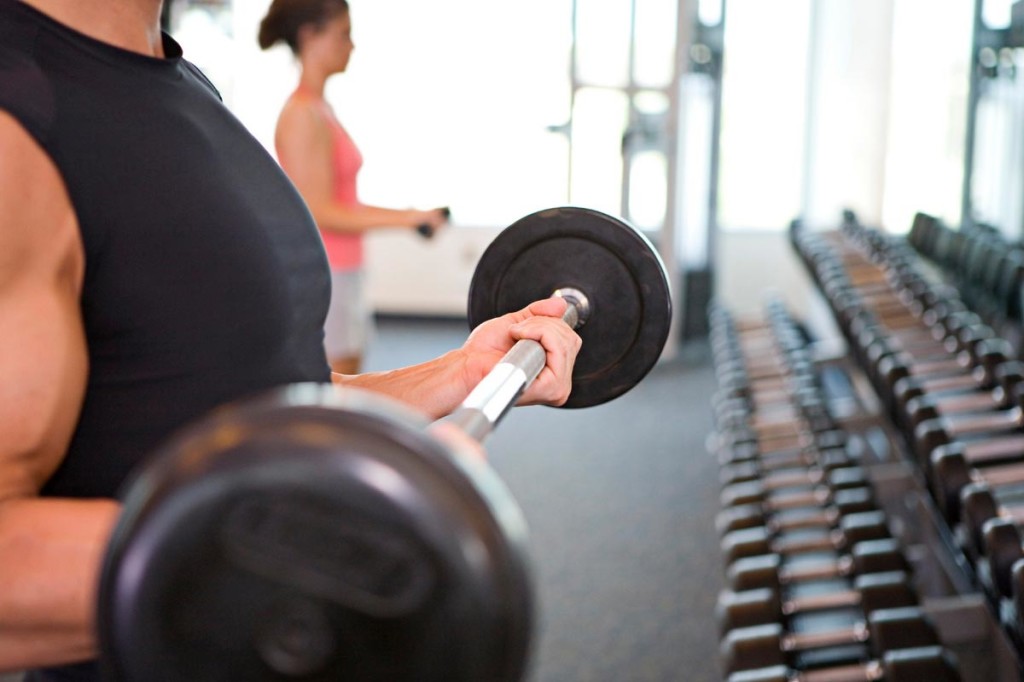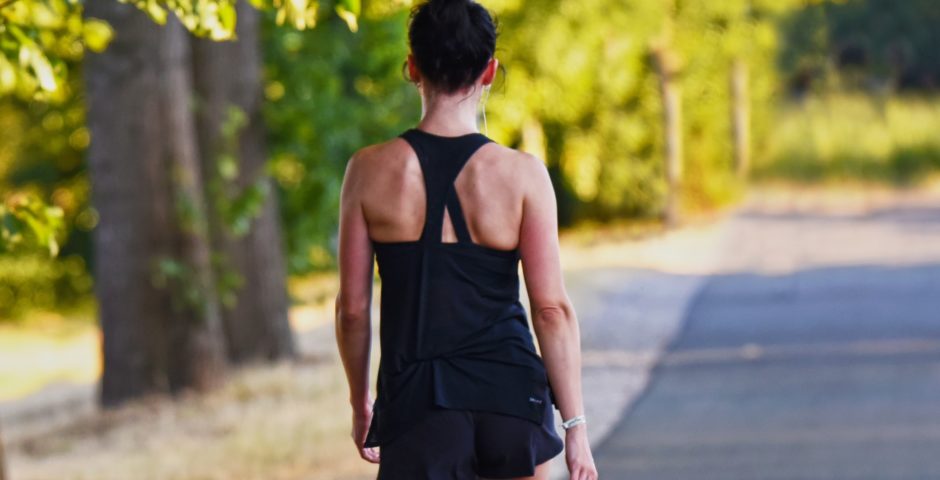
Benefits of Strength Training
Do you think cardio is the best way to lose weight and stay fit? Strength training is not only a major element to a healthy lifestyle, there are many more benefits than you have probably considered. We loved this feature from a Harvard Medical Review Special Report.
Strength Training Builds More Than Muscles
Most of us know that strength training (with free weights, weight machines or resistance bands) can help build and maintain muscle mass and strength. What many of us don’t know is that strong muscles lead to strong bones. And strong bones can help minimize the risk of fracture due to osteoporosis. A combination of age-related changes, inactivity and poor nutrition conspire to steal bone mass at the rate of 1% per year after age 40. As bones grow more fragile and susceptible to fracture, they are more likely to break after even a minor fall or a far less obvious stress, such as bending over to tie a shoelace.
Osteoporosis should be a concern for all of us. Eight million women and two million men in the United States have osteoporosis. It is now responsible for more than two million fractures a year, and experts expect that number will rise. Hip fractures are usually the most serious. Six out of 10 people who break a hip never fully regain their former level of independence. Even walking across a room may be impossible.
Numerous studies have shown that strength training can play a role in slowing bone loss, and several show it can even build bone. This is tremendously useful to help offset age-related decline in bone mass. Activities that put stress on bones stimulate extra deposits of calcium and nudge bone-forming cells into action. The tugging and pushing on bone that occur during strength training (and weight-bearing aerobic exercise like walking or running) provide the stress. The result is stronger, denser bones.
And strength training has bone benefits beyond those offered by aerobic weight-bearing exercise. It targets bones of the hips, spine, and wrists, which, along with the ribs, are the sites most likely to fracture. What’s more, resistance workouts – particularly those that include moves emphasizing power and balance – enhance strength and stability. That can boost confidence, encourage you to stay active, and reduce fractures by cutting down on falls.
Source: Harvard Medical School HealthBeat






